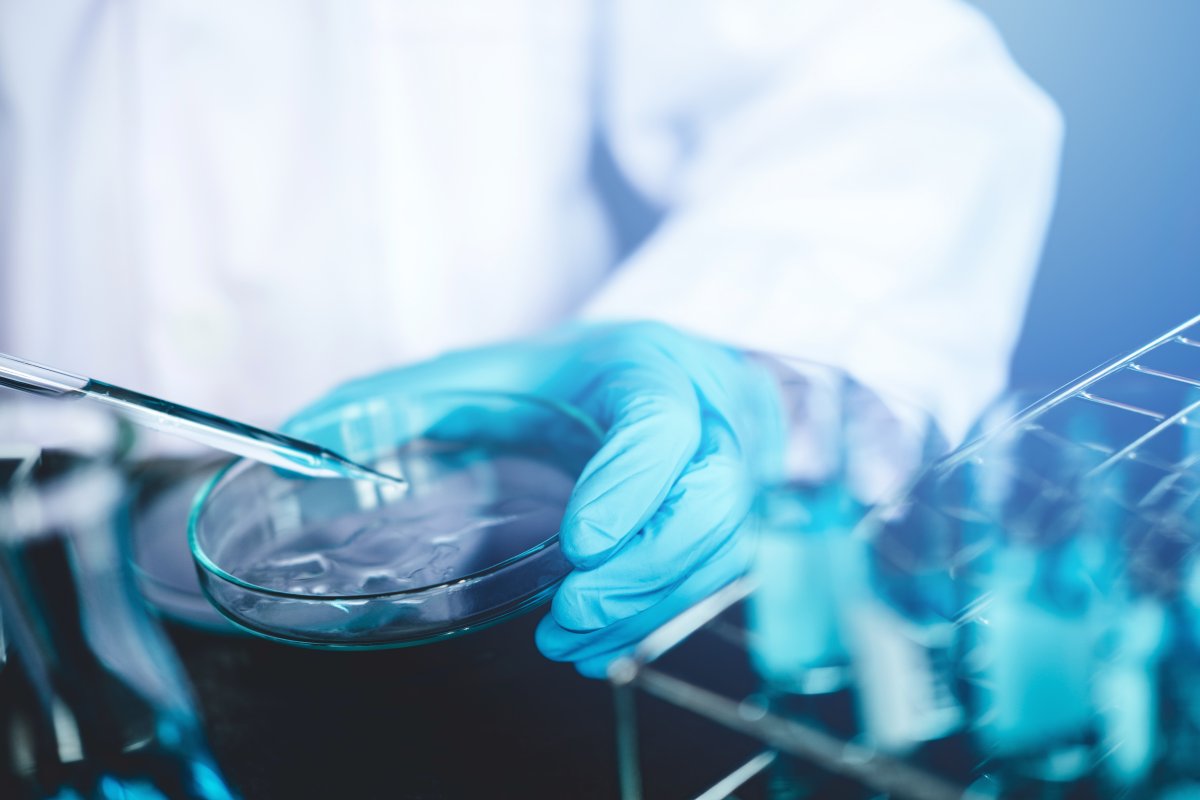The race for scientific recognition has rarely been so close: two research groups – one led by Magdalena Zernicka-Goetz from Cambridge University in Great Britain, another led by Jacob H. Hanna from the Weitzmann Institute for Science in Israel – were apparently able to produce human embryonic structures from stem cells almost simultaneously present, albeit in very early stages of development. The researchers themselves call the mature cell clusters from the laboratory embryo models or embryoids.
Zernicka-Goetz first reported on her investigations at a conference in Boston a few days ago, which was then read in the Guardian. Yesterday both teams published their studies on the preprint server bioRxiv. The results have not yet been reviewed by independent scientists.
Findings on miscarriages
The embryonic structures from both studies are at a stage of development typical of a human embryo approximately 14 days after fertilization. Among other things, they had a two-layer germinal disc, fluid-filled cavities, a thin skin that could later form the amniotic sac, and a yolk sac, according to the study from Israel. At this stage of development, there is still no sign of the heart or brain. Nerve cells, for example, do not form until week four.
According to the study by Zernicka-Goetz, the results are of great importance for research. In the future, human embryoids could, for the first time, provide completely new, decisive insights into the effects of genetic disorders and the biological causes of repeated miscarriages. The first few weeks of life are particularly crucial for this. Previously, this phase could only be examined in animal models.
“Remarkable, almost uncanny”
Jesse Veenvliet from the Max Planck Institute for Molecular Cell Biology and Genetics (CBG) in Dresden is impressed. “The resemblance to the natural embryo is remarkable, almost uncanny,” he says. Even if not all of the natural stages of development were to go through during artificial production in the laboratory. He sees the main difference between the two works in the fact that the team from Great Britain works with transgenes in order to achieve the embryonic structures, while the team from Israel uses a chemical cocktail.
However, the reproducibility and efficiency of the processes would have to be significantly increased if the embryo-like structures were to be used for toxicity tests, for example, says Veenvliet. He believes that further development of the artificial embryo structures beyond 14 days is quite possible – and thus also to create more advanced stages of development.
The two research teams from Great Britain and Israel have already succeeded in doing this in mice. Last year, together with scientists from the California Institute of Technology, they reported on mouse embryos from stem cells in the scientific journal Nature. You could also read about it on Heise online. Even from a layperson’s perspective, the tiny creatures looked very similar to an embryo – and they had a beating heart.
The question of what the new findings on embryonic structures mean from an ethical and regulatory point of view is still unclear at the moment. Even the name is controversial: are they really embryo models or are they real embryos? Or maybe even clones? It also depends on which regulations apply here – or which adjustments are necessary. A social discussion is definitely announced.

(bsc)
